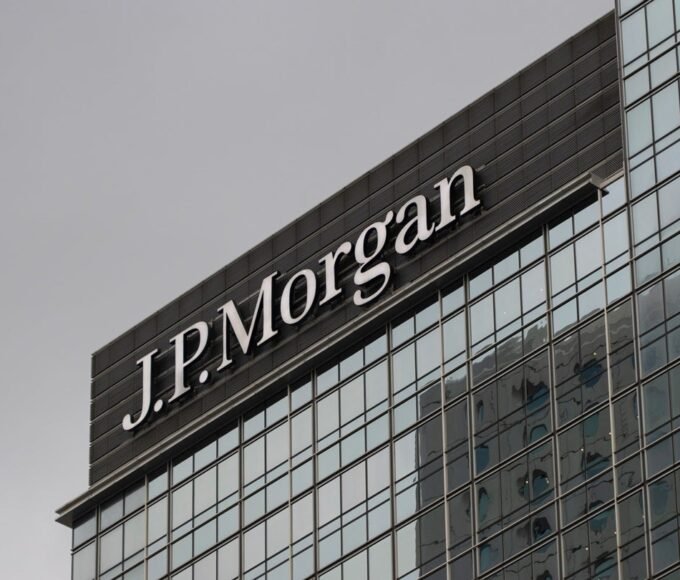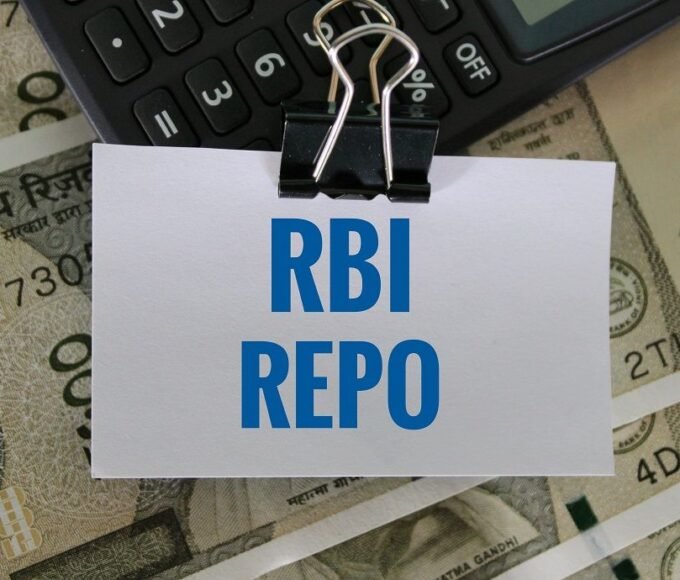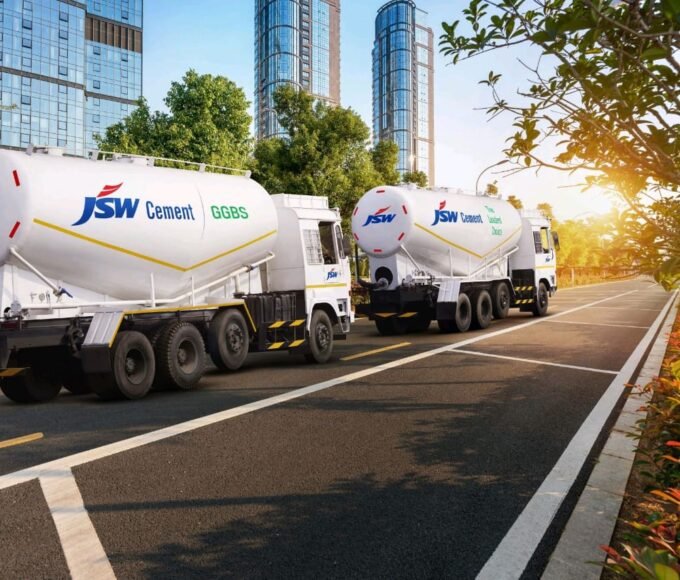Recent Posts
Why Cement Still Faces 28% GST: Revenue Needs vs. Infrastructure Goals

More than six years after the GST Council shelved a proposal to lower tax on cement, the vital construction material continues to be taxed at the highest slab 28%. Despite repeated industry appeals and its essential role in infrastructure, the government remains reluctant to cut rates, citing revenue concerns.
Cement and automobile parts are among the few mass-consumption items still taxed at the 28% rate, originally intended for luxury and sin goods. In 2018, then finance minister Arun Jaitley explained that cutting GST on cement and auto parts would cost the exchequer nearly ₹33,000 crore cement alone accounting for around ₹13,000 crore.
That logic still holds. Officials say cement remains a significant contributor to GST revenues. Estimates suggest it makes up 5–7% of collections from the 28% slab, which itself contributes 13–15% of overall GST revenue.
India, the second-largest cement producer in the world, has an installed capacity of 639 million tonnes, while FY24 production was 427 million tonnes. Domestic per capita consumption is at 290 kg far below the global average of 540 kg.
Given the Centre’s push for highways, railways, and affordable housing, the industry argues the 28% tax is counterproductive. “Cement should not be treated as a luxury item,” said a senior executive at a top cement firm.
Developers say the tax inflates project costs. According to Credai president Boman Irani, a rate cut to 18% could slash construction costs by 5–8% and housing prices in the ₹40 lakh–₹1.5 crore range by up to 3%.
But the government is cautious. “Rationalisation must be revenue-neutral,” a senior official told Business Standard. With no GST on petroleum products and compensation to states phased out, revenue pressure remains high.
Legal and tax experts also highlight that cement attracts restrictions on input tax credits, further raising its effective cost. “This creates a cascading effect,” said tax lawyer Abhishek Rastogi, who is challenging these rules in the Supreme Court.
As GST enters a phase of reform and rationalisation, cement lies at the heart of the debate caught between the government’s fiscal needs and the country’s infrastructure ambitions.
- 28% GST
- Arun Jaitley GST
- Boman Irani
- Buildwatchnews
- cement
- Cement Industry India
- cement tax India
- construction cost India
- construction material tax
- CREDAI
- government tax policy
- GST
- GST 2025
- GST Council
- GST on cement
- GST Reform
- GST revenue impact
- GST slab rates
- housing affordability
- housing tax India
- indirect tax India
- infrastructure policy India
- infrastructure tax
- input tax credit
- real estate GST
- real estate tax India
Recent Posts
Categories
- Acquisition1
- Airport16
- AP103
- Apartments126
- Bengaluru217
- Budget 202521
- Cement165
- Chennai438
- Construction909
- Construction Material Price Updates1
- Corporation4
- CREDAI61
- Editors Pick42
- Equipment45
- Events11
- Export24
- GST17
- Highways118
- Hotel16
- Housing207
- Hyderabad94
- import26
- India122
- Industrial387
- Infrastructure616
- Interiors28
- Iron Ore59
- Karnataka92
- Kerala56
- Labour1
- Land150
- Logistics40
- Market Updates404
- Metal100
- Metro109
- Mining77
- MSME21
- News1,877
- NHAI96
- Office Space2
- Paints39
- Port1
- Power Shutdown1
- Properties112
- Puducherry12
- Railways8
- Real Estate762
- Road222
- Sand38
- Short News117
- SIPCOT14
- Steel Daily429
- Stocks37
- Tamil Nadu458
- Technology81
- Telangana96
- TIDCO9
- Trade52
- Trending News1,111
- Video2
- warehouse42
Related Articles
Modulus Housing Secures ₹70 Crore Funding to Accelerate Market Expansion and Technology Innovation
IIT Madras-incubated Modulus Housing has secured about ₹70 crore in Series A...
BySamrita JosephDecember 6, 2025JPMorgan Expands Its India GCC Presence with Major Office Lease in Hyderabad
JPMorgan Chase has strengthened its India footprint by leasing 1.76 lakh sq...
BySamrita JosephDecember 6, 2025RBI Rate Cut Brings Timely Relief and Boosts Confidence Across India’s Housing Market
The RBI’s rate cut has lifted market sentiment and improved affordability for...
BySamrita JosephDecember 6, 2025JSW Cement Unveils ₹11000 Crore Expansion Plan to Boost Production Capacity to 41 Million Tonnes
JSW Cement has announced a major ₹11000 crore expansion plan to increase...
BySamrita JosephDecember 6, 2025















Leave a comment